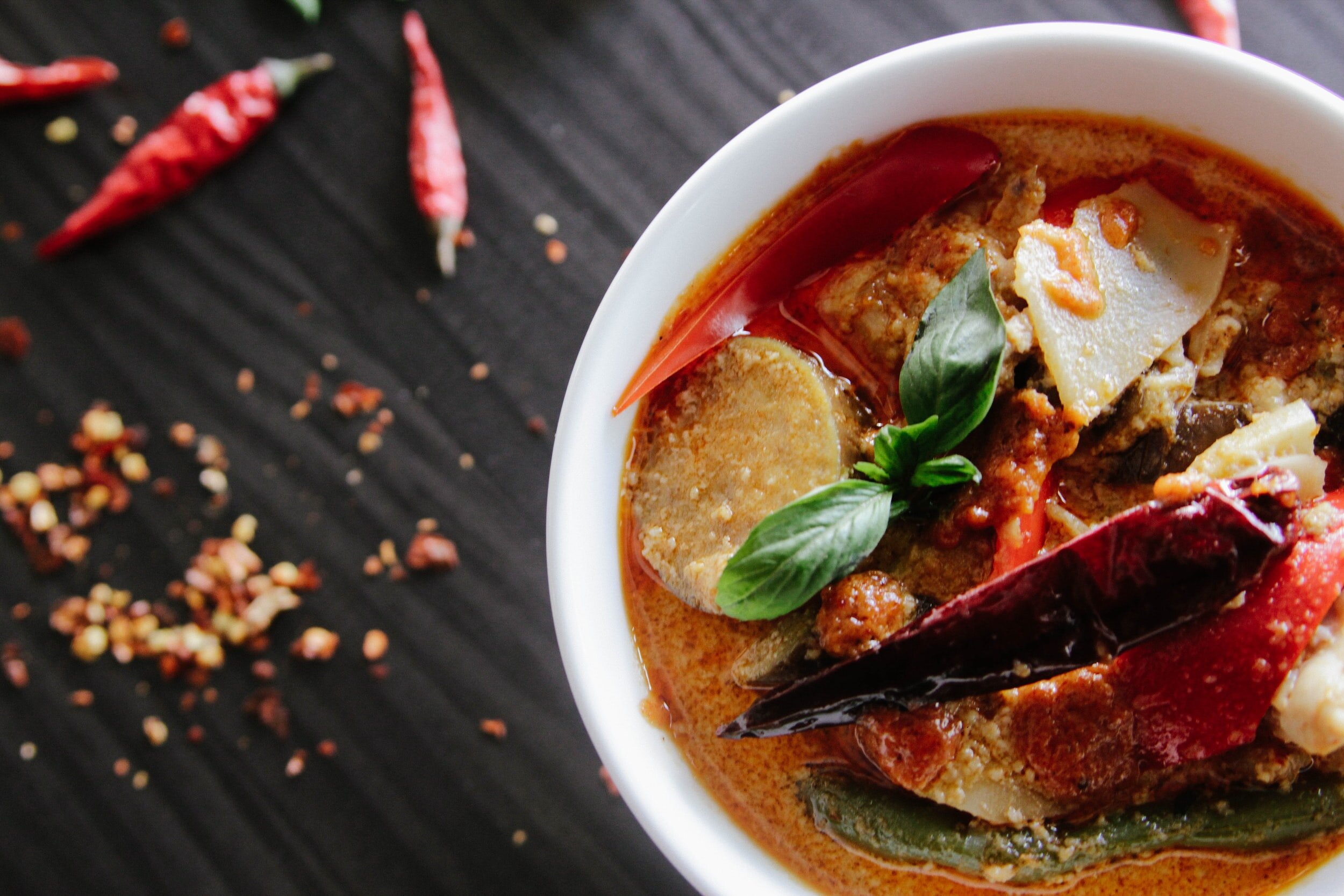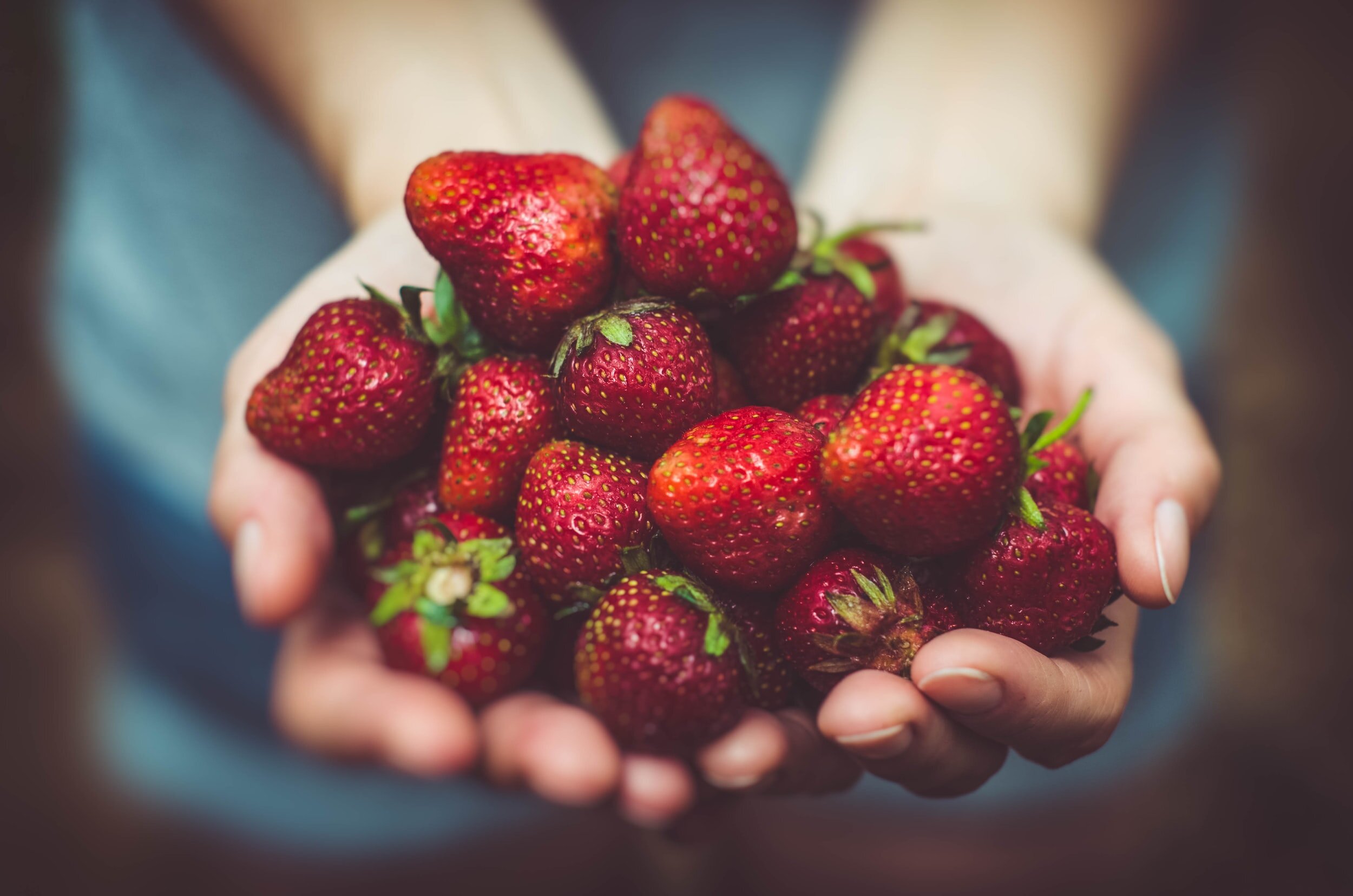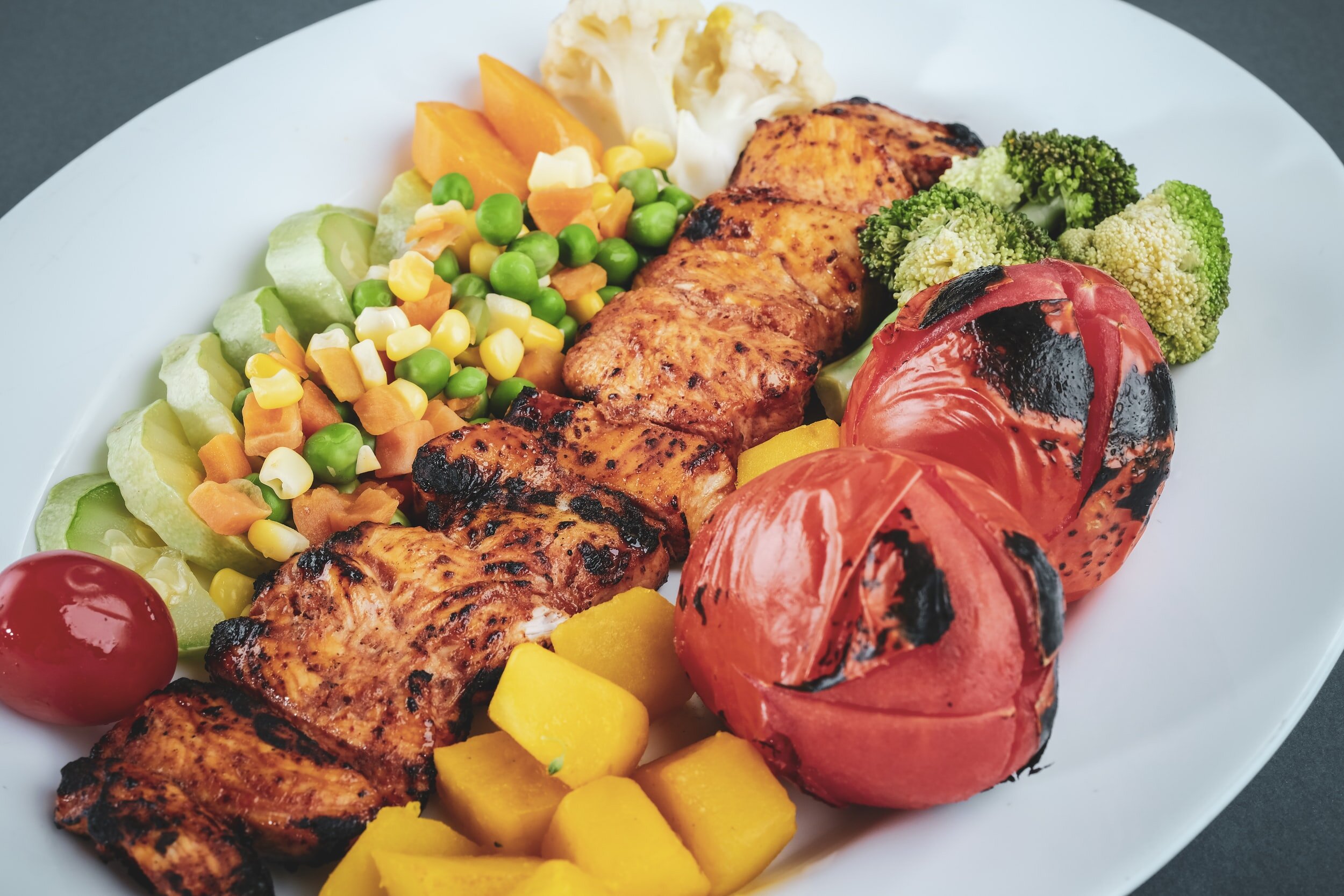Lactating moms are often told that everything they eat turns into breastmilk. In a sense that is true. Whatever a mother ingests goes through her digestive system, and the nutrients of the ingested food and drink are absorbed by the blood and distributed throughout the body through the bloodstream. This is what helps fuel milk production; and so the nutrients the mother has taken in can now be passed on to the baby. The process is called diffusion. It is why mothers can pass on vaccine antibodies to their children. It is why mothers are asked not to drink alcohol while pregnant. It is also why some very strongly flavoured foods can change the taste of breastmilk!
How does this work in a mother’s favour? Consider these tips and tricks when breastfeeding!
-
Eat strongly flavoured foods
Consuming foods flavoured with garlic, ginger, hot spices and other strong flavours can be good for your child! Not only do these foods tend to be full of vitamins that you and your baby can benefit from, but it can also help your baby become accustomed to the tastes of these foods. That can help set your child’s palette for a variety of foods as they come into eating solids.
Ever wonder how young children living in countries known for spicy food are able to stomach the spice? Some people say it’s because they’ve had it in their breastmilk!
-
Eat the highly allergic foods
Chicken, eggs, peanuts, strawberries, seafood, and more all of these things can be consumed by a mother (given that she isn’t allergic to them!) to see early on if her baby will have an adverse reaction to her milk after she feeds them. Usually, a baby that has an allergy or food intolerance will spit up or throw up undigested milk around half an hour after feeding. If this happens several times, mothers can seek the advice of their doctors. In some cases, doctors will recommend eating the foods in small amounts so babies can build a tolerance. In other cases, doctors advise moms to make a list of the foods their babies can’t eat when they begin eating solids.
-
Eat more
Breastfeeding consumes a lot of calories. Mothers need to consume an extra 300 to 400 calories a day to make sure they have enough energy for milk production. It is this caloric consumption that helps mothers lose some of the pregnancy weight in the first few months following birth.
-
Eat smart
Use your breastmilk’s connection to food to the best of your and your child’s advantage. Consume whole grains, eat a lot of vegetables and fruit, lean proteins, and proteins with Omega-3 fats. Your breastmilk is your first chance you give your child the best food by amplifying what is in your breastmilk since breastmilk is already what is best for them.
August is Breastfeeding Awareness Month! To learn more about breastfeeding, join BreastFriends on Mommy Mundo and listen to lactation expert Abbie Yabot talk the ins and outs of breastfeeding!




Leave a Reply